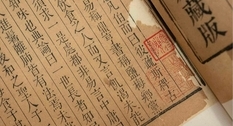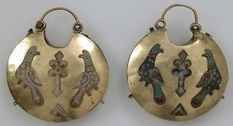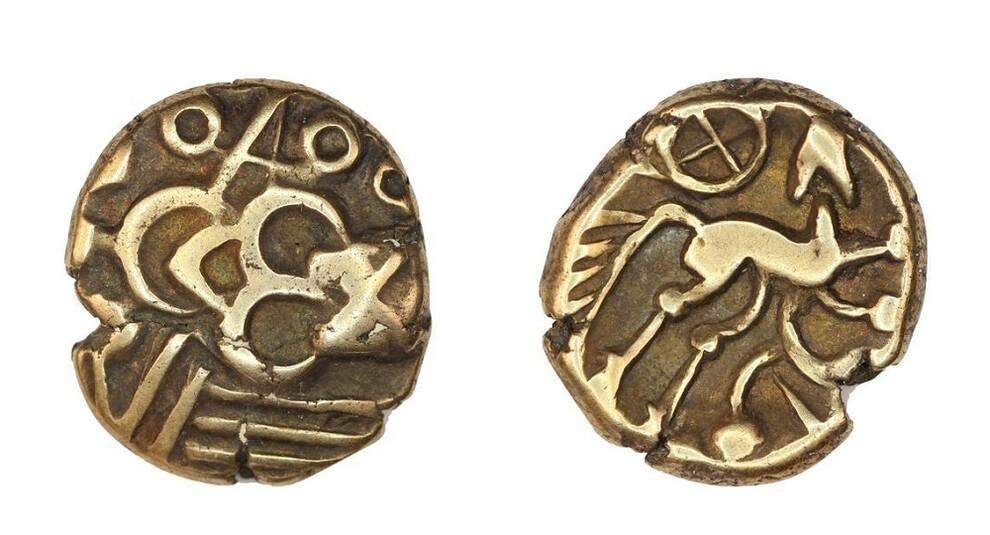
Gallic and British staters from the collection of Frederic Weber
The collection of the English dermatologist and numismatist Frederick Weber included coins of different cultures and periods, among which a significant number of copies belong to the ancient world. The British Museum has several gold staters made in Gaul and Great Britain. Celtic mercenaries serving with the Greeks borrowed the concept of these coins and began to mint them in Western and Central Europe. The staters of Philip II of Macedon, Alexander of Macedon and later kings were taken as a basis. Some of them ended up in the British Isles, where they became widespread. In addition, Celtic staters are found in the Czech Republic and Poland.
The weight of Gallic and British staters varies from 4.5 to 6.5 g, although in the Weber collection there was a place for a heavier specimen weighing 7.3 g with a distinct human portrait. The remaining coins contain distorted versions of the original images on Greek staters. For example, the Greeks on the reverse depicted a chariot drawn by a horse, but among the Gauls, the chariot disappeared, and various symbols appeared instead. On the obverse, Apollo's hair has turned into abstract patterns, in which it is difficult to see the original drawing. Below are Gallic and British staters minted throughout the first century BC.
Gallic staters.
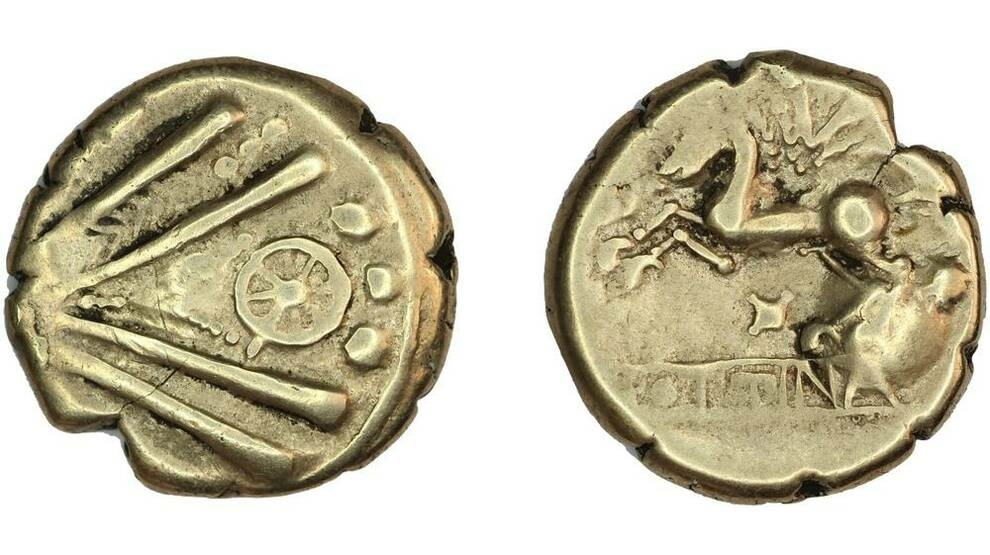
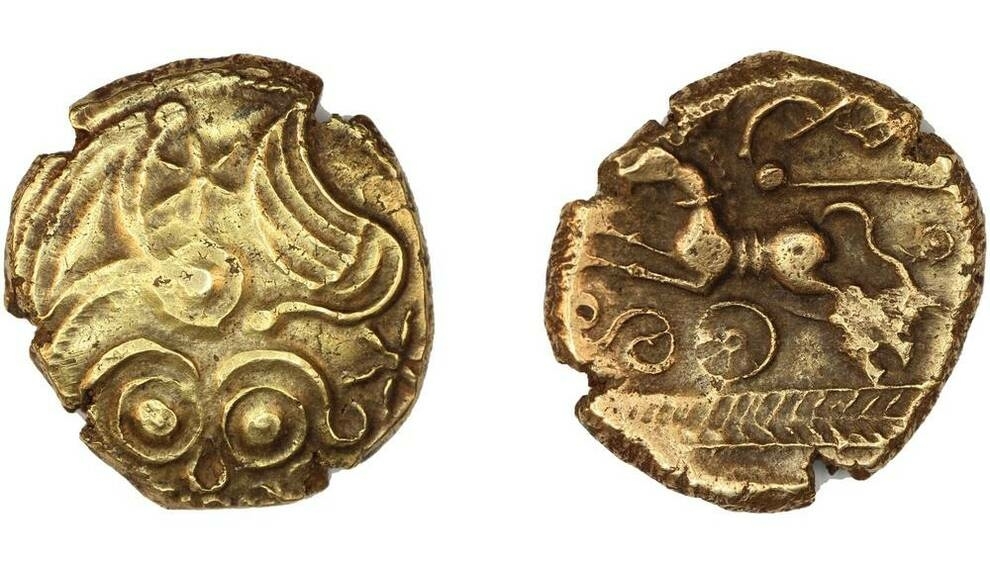
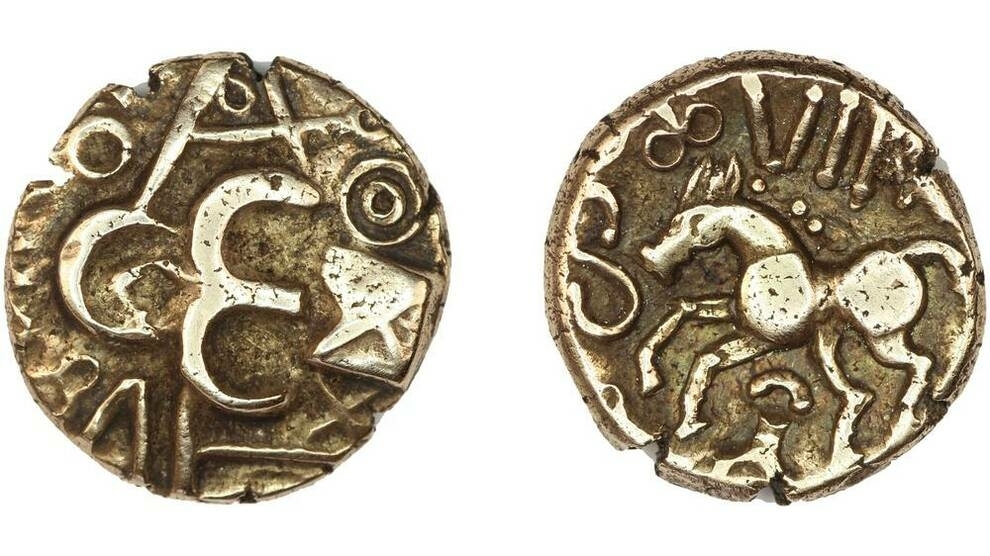
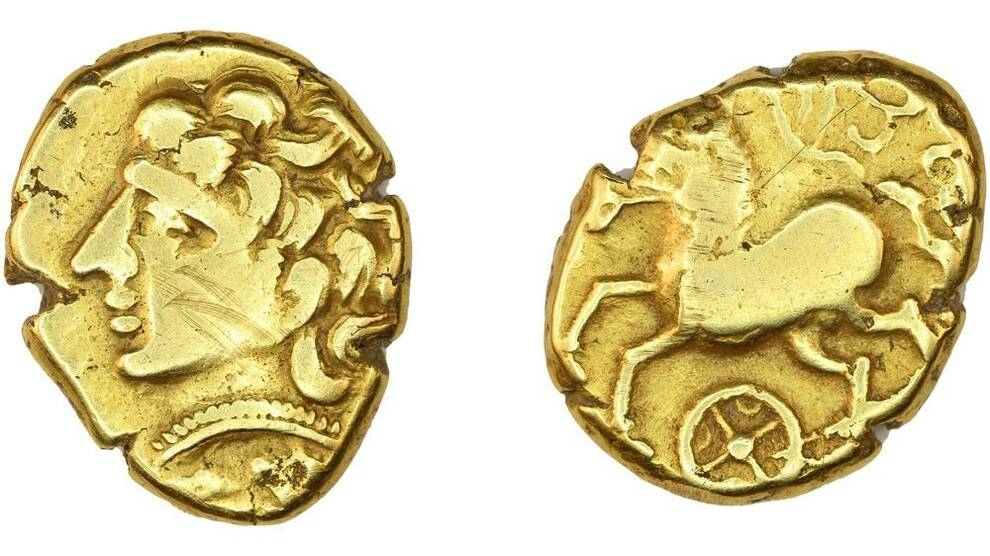
British staters.
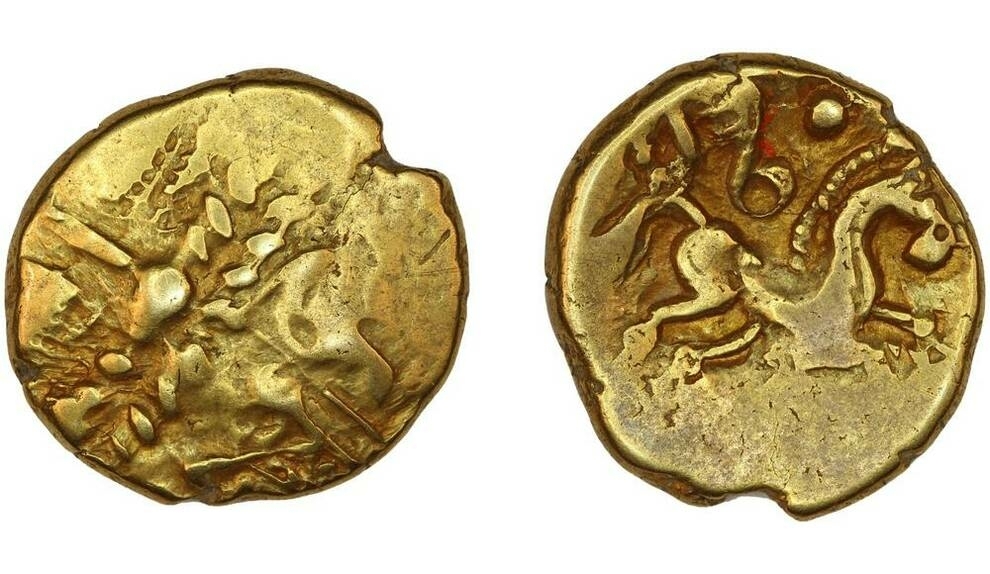
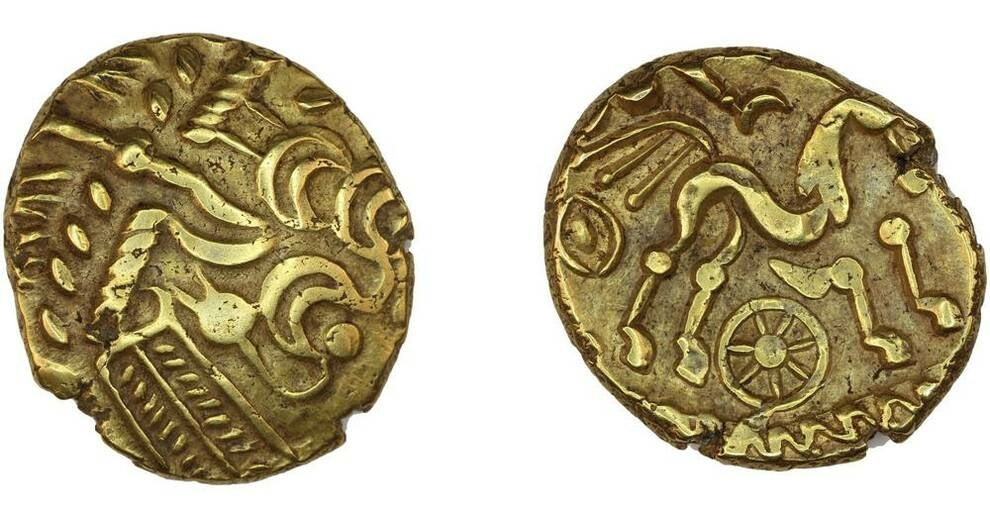
The weight of Gallic and British staters varies from 4.5 to 6.5 g, although in the Weber collection there was a place for a heavier specimen weighing 7.3 g with a distinct human portrait. The remaining coins contain distorted versions of the original images on Greek staters. For example, the Greeks on the reverse depicted a chariot drawn by a horse, but among the Gauls, the chariot disappeared, and various symbols appeared instead. On the obverse, Apollo's hair has turned into abstract patterns, in which it is difficult to see the original drawing. Below are Gallic and British staters minted throughout the first century BC.
Gallic staters.

Photo ©

Photo ©

Photo ©

Photo ©
British staters.

Photo ©

Photo ©

